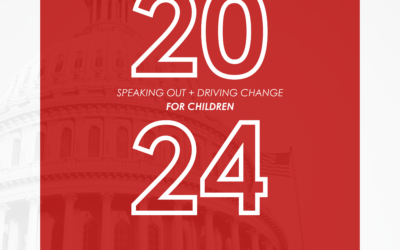
Before the pandemic, Texas had a problem with chronic absenteeism in its schools. Statewide, chronic absenteeism averages at 12.5% pre-COVID and varies dramatically by region. More than 740,000 students missed at least one-tenth of their instruction in 2019. The pandemic has likely exacerbated chronic absenteeism as more students face new challenges and educational disruptions. Chronic absenteeism is an early warning sign for educators, yet Texas does not currently define chronic absenteeism nor does it collect adequate data on this issue in order to help schools tackle it.
A student who is chronically absent in any year between eighth and twelfth grade is seven times more likely to drop out of school. For high school students, lack of attendance is a better indicator of dropping out than test scores. Chronic absenteeism negatively impacts a student’s ability to learn and decreases the likelihood that students will graduate on time, which hinders Texas’s ability to meet the goals laid out in the 60x30TX strategic plan.
This Texas Legislative session CHILDREN AT RISK is proud to support HB 185 filed by Rep. Mary González of El Paso. This bill aims to define chronic absenteeism in the Texas Education Code as a student who misses 10% or more of instructional time within an academic year for any reason. It would also add chronic absenteeism to the “at-risk” category to enable schools to better support chronically absent students and reduce their risk of dropping out. With better data, we can address the root causes of chronic absenteeism and adequately support at-risk students.
Help us support students and end chronic absenteeism!
Check out our advocacy resources below to learn more about this issue and ask your state legislators to prioritize public education this session, including chronic absenteeism!
Read our Legislative One-Pager
Check out our legislative profiles of to get a sense of chronic absenteeism in your Texas House or Senate district below.
MORE LIKE THIS
Press Conference: Education, Legislation, and Workforce Alignment in Texas
Changes to school funding, teacher certification requirements, and public education policy poised to reshape academic recovery and career preparation for Texas students. Media Contacts:Morgan Gerri, 832.600.9354Rashena Franklin, 713.301.4577...
State Senator César J. Blanco Passes Bill to Help Young Adults inWest Texas Get Back to School and Work
FOR IMMEDIATE RELEASE: Contact: Taylor Sanchez Taylor.sanchez@senate.texas.gov Austin, Texas – The Texas Senate has passed Senate Bill 1143, authored by Senator César J. Blanco, to help reconnect young adults in West Texas with education, job...
2024 Annual Report
Dear Friends and Advocates, At CHILDREN AT RISK, we believe that every child deserves a fair shot at success—and we know that it takes all of us to make that happen. Whether you’re a policymaker, educator, donor, volunteer, or advocate, your...


